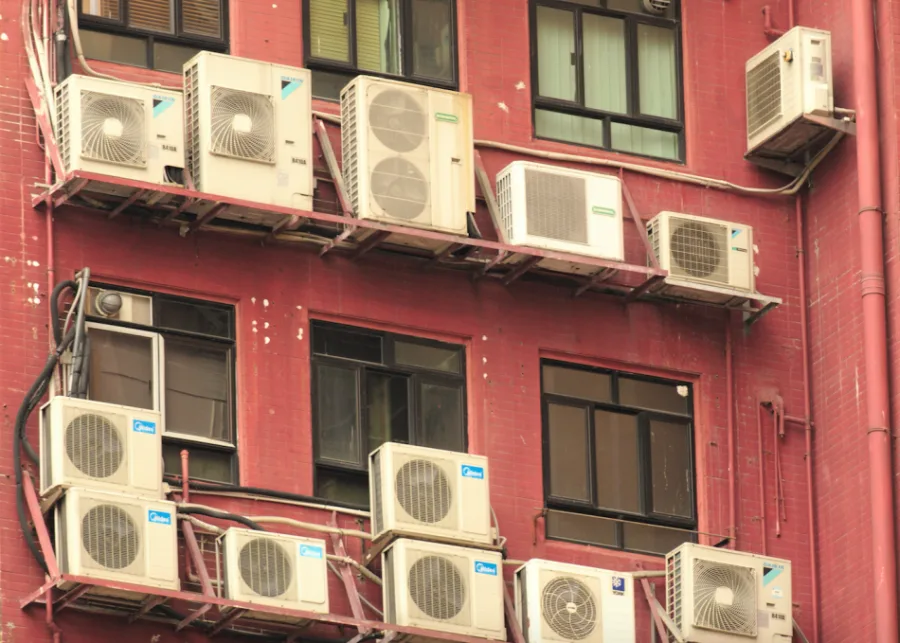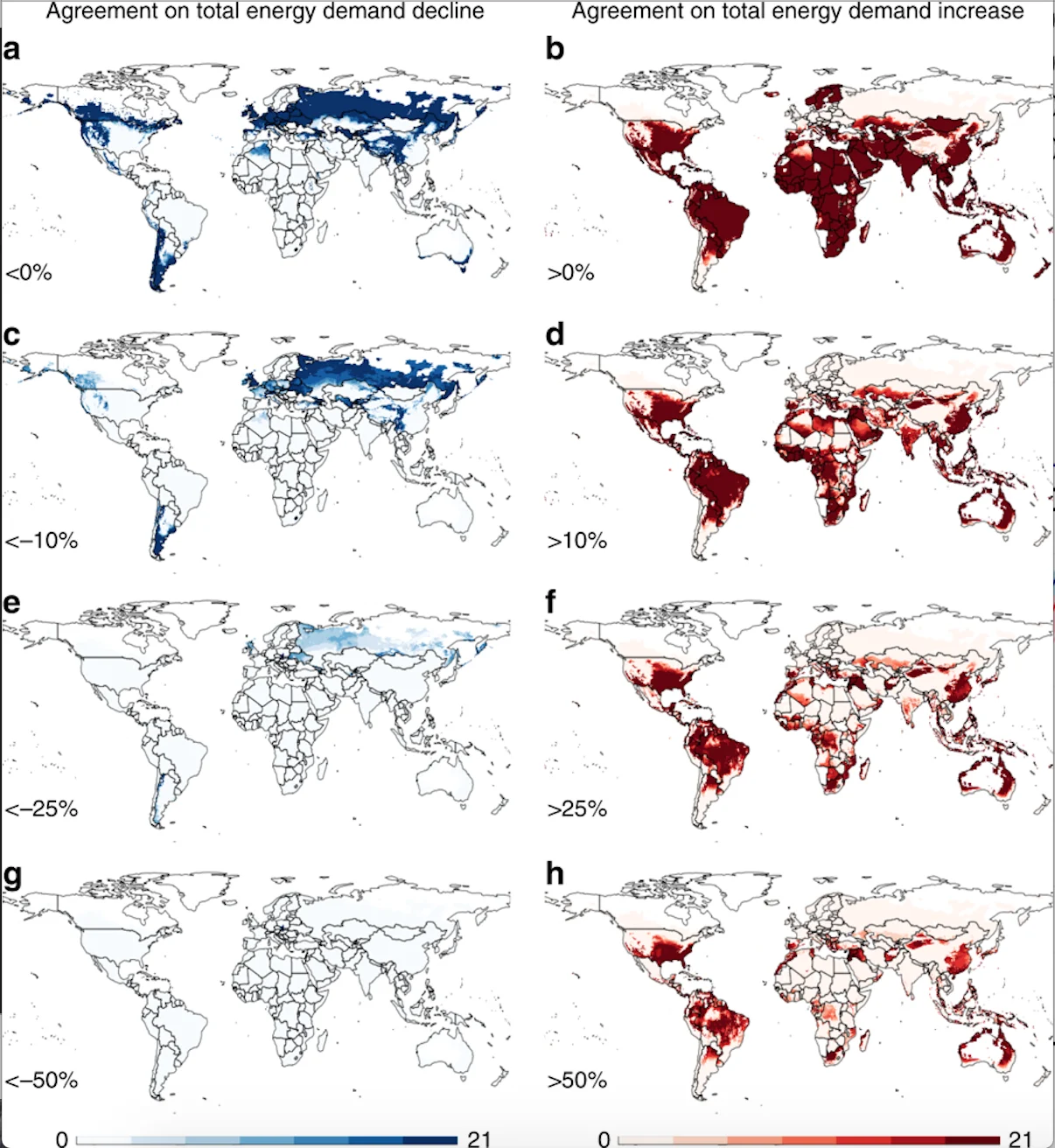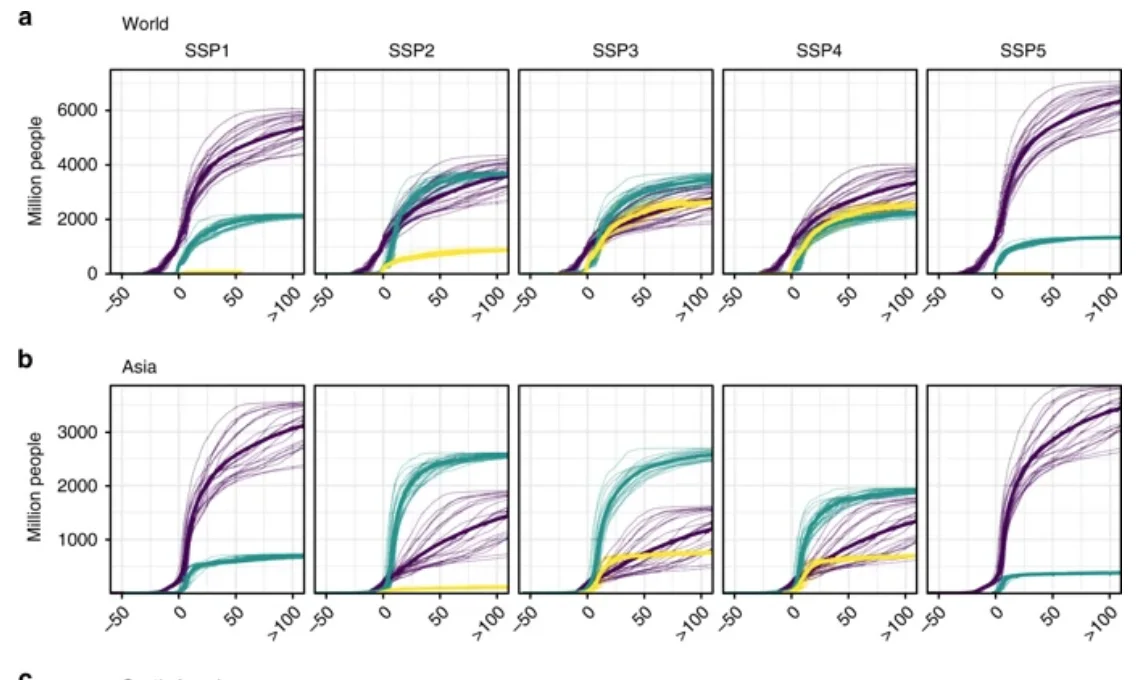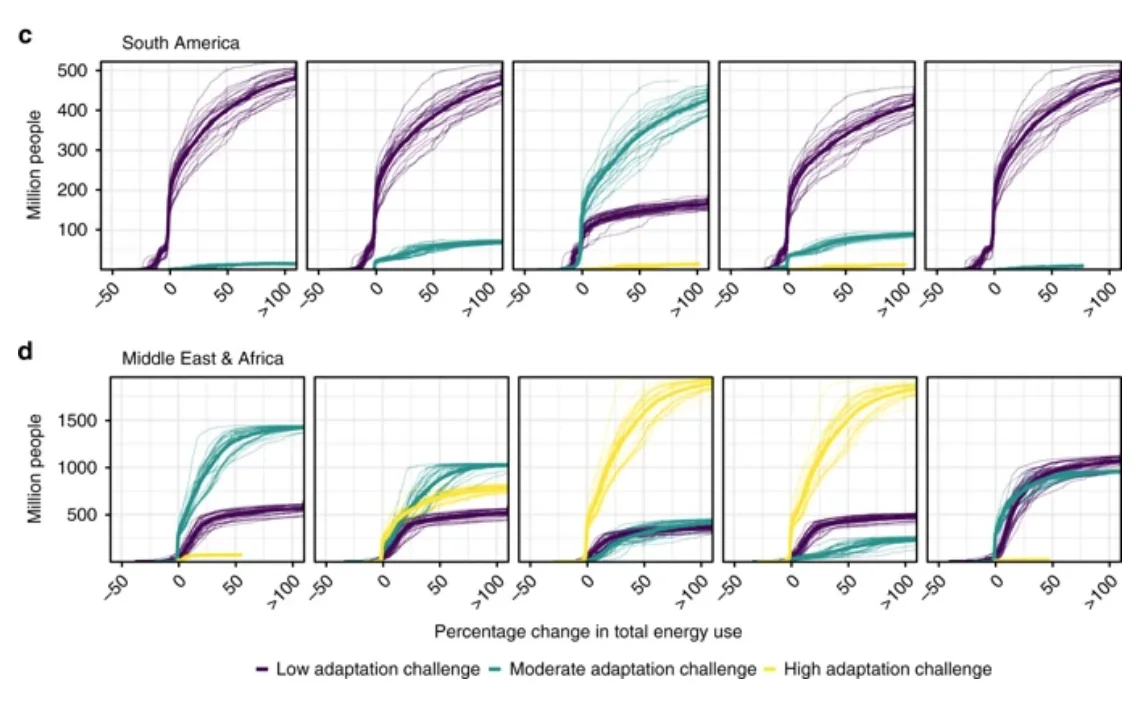
Global Energy demand could more than double in 30 years
As the Earth warms, and it's population increases, the energy demand is expected to increase significantly.

(Image: Chromatography. Source: Unsplash)
A group of researchers from Boston University and the Ca' Foscari University of Venice, Italy, are now looking into how the projected global energy demand will evolve. By 2050, even with a modest degree of global warming, the world is forecast to demand up to 58 per cent more energy than today.
Beyond the usual global dependency on energy for human wellbeing and society’s continued development -- researchers say that over the next few decades, energy use will increase because of climate change.
The recent study, published in the journal Nature Communications, is a global analysis of temperature that uses projections from 21 different climate models, together with population and economy projections for five socioeconomic scenarios. All the obtained data from the preliminary modelling was fed into a statistical model to calculate the changes in demand of three fuels and four economic sectors. The results obtained show how energy demand will shift relative to our current climate under both modest and intense warming scenarios in 2050.

(Graphic: Agreement across ESMs on changes in final energy demand. Maps depict the number of climate models that agree on decreases and increases in total energy demand across sectors and energy carriers by more than 0% (a, b), 10% (c, d), 25% (e, f), or 50% (g, h) by 2050 under RCP 8.5 and SSP5, as a result of temperature projections and changes in both hot and cold days. Source: Nature Communications)
In those scenarios in which energy demand is driven by population and income growth alone, climate change increases the global demand of energy in 2050 from 11 to 27 per cent if the warming is modest, and 25 to 58 per cent with an intense warming situation.
How much energy demand will increase, also has some degree of uncertainty, as we still have no clear picture of the future pathways of global greenhouse gas emissions.
Co-author Enrica de Cian states that an important way in which society will adapt to rising temperatures from climate change is by increasing cooling during hot seasons and decreasing heating during cold seasons. Changes in space conditioning directly impact energy systems, as firms and households demand less natural gas, petroleum, and electricity to meet lower heating needs, and more electricity to satisfy higher cooling needs.
Researchers add that in some vulnerable areas, these rising energy demands could become life-threatening.
"The lower the level of income per person, the larger the share of income that families need to spend to adapt to a given increase in energy demand," said Bas van Ruijven, a researcher with the IIASA Energy Program and lead author of the study via EurekAlert!. "Some scenarios in our study assume continued population growth and in those cases, temperature increases by 2050 could expose half a billion people in the lowest-income countries in the Middle-East and Africa to increases in energy demand of 25% or higher. The poor face challenges to adaptation that are not only financial -- in areas that have unreliable electricity supplies, or lack grid connections altogether, increased exposure to hot days increases the risk of heat-related illnesses and mortality."


(Graphic: Exposure of people with different adaptation challenges to changes in energy demand. Cumulative distribution of the number of people exposed to percentage change in climate-related final energy demand by country GDP per capita. Panels represent global results (a) and three major developing world regions: Asia (b), South America (c), and Middle East and Africa (d). Lines indicate the multi-model mean and all individual 21 CMIP5 models by 2050 under RCP 8.5. Present-day World Bank definitions for GDP per capita were used to classify countries in income categories, which we used as a proxy for adaptation challenges (GDP per capita <6000 USD/yr for high-adaptation challenge, 6000–15,000 USD/yr for moderate-adaptation challenge, and >15,000 USD/yr for low-adaptation challenge, see Supplementary Note 2 for detailed discussion. Source: Nature Communications)
Sources: Nature Communications | EurekAlert!












